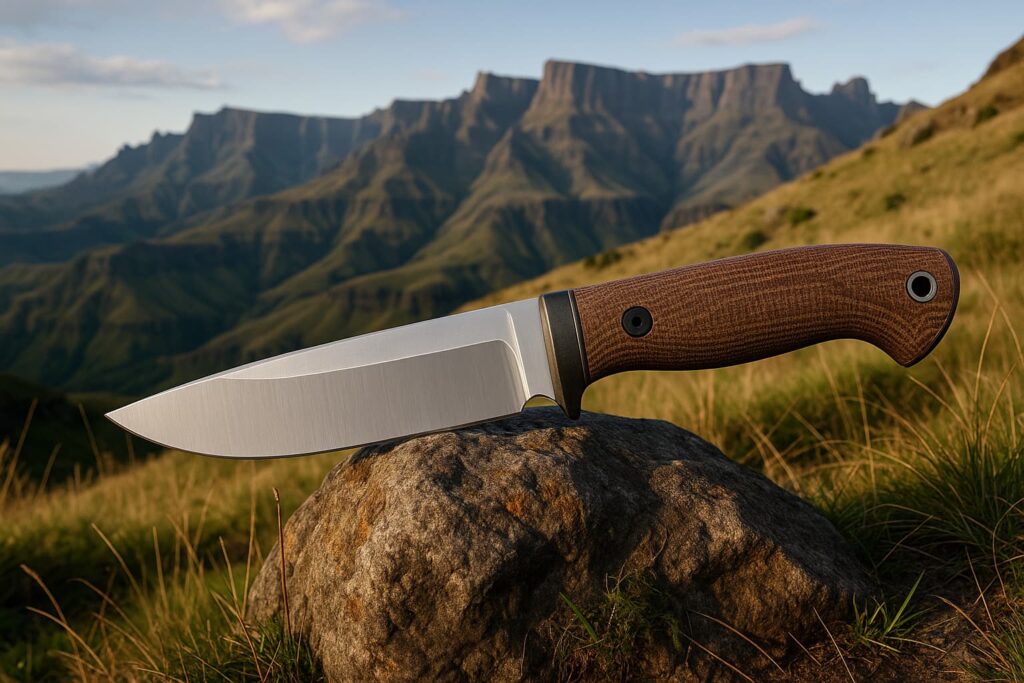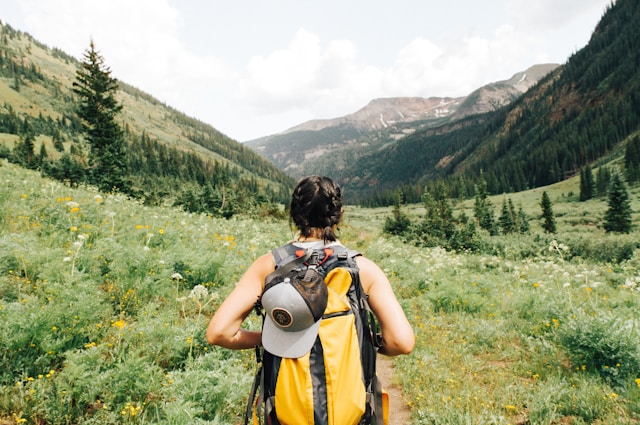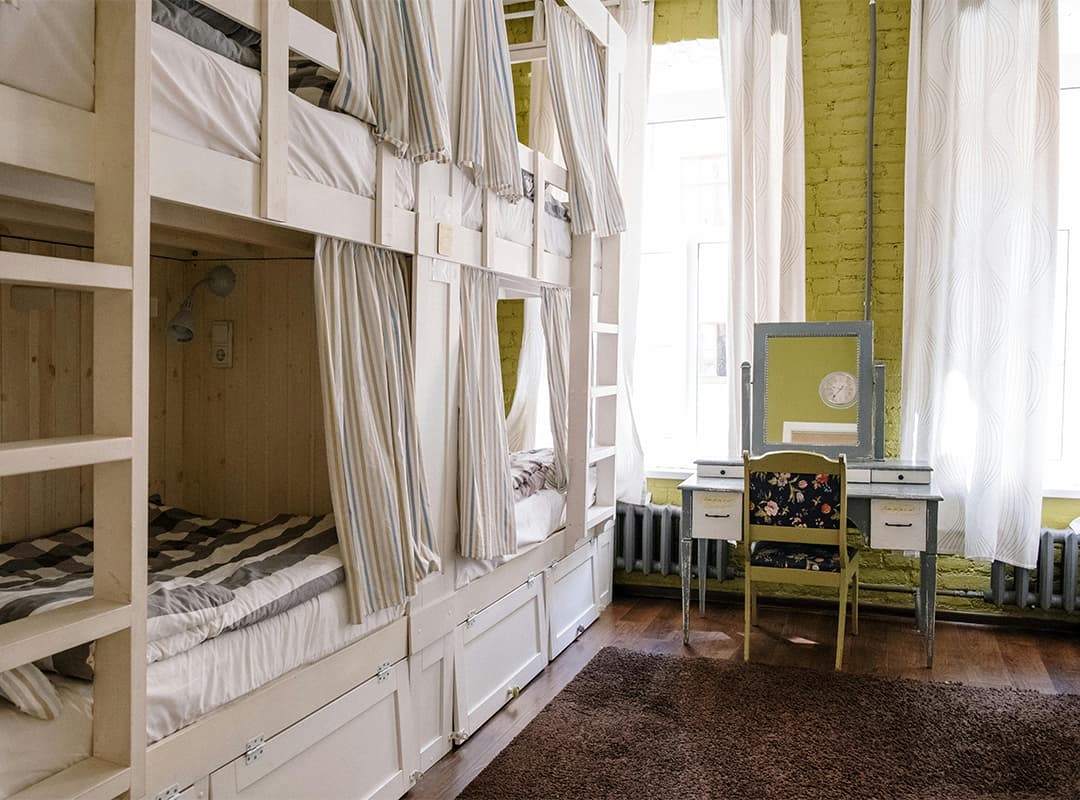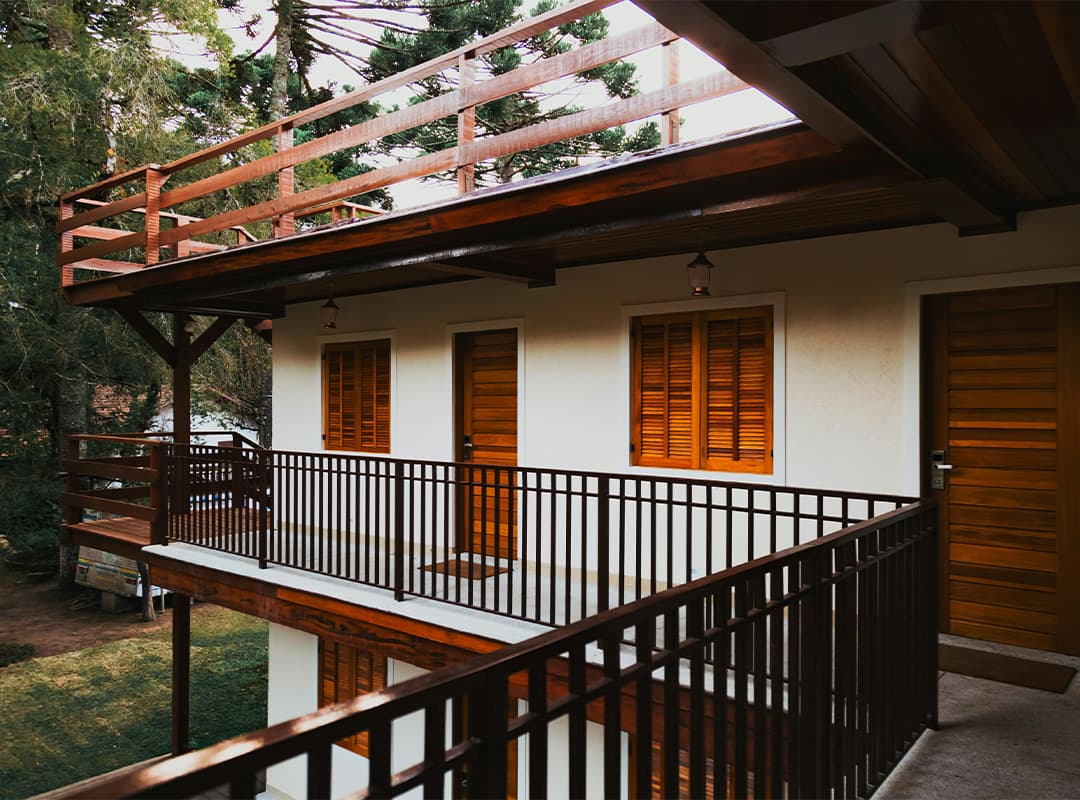The Drakensberg, South Africa’s majestic mountain range, is more than a hiking destination—it is a wilderness challenge. With sweeping alpine plateaus, unpredictable weather, and remote terrain, it demands a level of preparedness few landscapes do. For those venturing into its escarpments, a good knife is not just gear. It is a survival asset.
In high-altitude hiking, every item in your pack must earn its weight. A knife, chosen correctly, can act as a universal tool: shelter-builder, fire-starter, meal-preparer, and last-resort defender. But how do you choose the right one for the Drakensberg, where extremes are not the exception but the rule?
Noblie Custom Knives has supplied outdoor professionals and collectors worldwide. Below, we combine field-tested insight and technical excellence to help you select the perfect knife for the Drakensberg wilderness.
Why Knife Choice Matters in the Wilderness
Out in the wild, failure is expensive—and sometimes fatal. A poor knife can snap under pressure, rust in a humid gorge, or slip from your hand when you need it most. In contrast, a reliable blade empowers you. It cuts rope and wood, opens sealed packaging, processes food, and sometimes, saves lives.
The Drakensberg isn’t the Himalayas, but it’s not a casual stroll either. Its cliffs, cold nights, sudden storms, and relative isolation mean that help may be days away. Here, your knife might serve as a crowbar for frozen zippers or a saw when firewood is scarce. It might help you fix broken gear or defend your camp from inquisitive wildlife.
In short: a knife isn’t an accessory. It is your frontline tool against nature’s unpredictability.
Essential Knife Features for Mountain Exploration
Before selecting a knife, understand what’s required. The Drakensberg environment is varied: rocky ridges, dense vegetation, exposed ridgelines, and damp valleys. Your knife should be:
- Durable – able to withstand hard use against wood, rope, plastic, or bone.
- Corrosion-resistant – as humidity and dew can be constant threats.
- Compact, but powerful – easy to carry, yet able to perform tough tasks.
- Ergonomically shaped – a good grip even with cold or wet hands.
- Simple to maintain – field sharpening should be possible without specialized tools.
Overbuilt “tacticool” knives may look impressive, but out there, it’s often the modest, well-balanced blade that shines.
Fixed vs. Folding Blades: What Works Best in Drakensberg
The debate continues: fixed blade or folder?
For the Drakensberg, we lean strongly toward fixed blades. Here’s why:
- Strength: No moving parts mean no mechanical failure under pressure.
- Speed: No opening mechanism—just draw and use.
- Cleaning: Dirt, sap, and moisture can easily jam folding mechanisms. Fixed blades clean up faster.
- Folders can be useful for EDC (everyday carry) or in tandem with a fixed blade, but your primary wilderness knife should be fixed—ideally with a full tang (where the blade steel runs through the handle), which ensures maximum strength.
Blade Steel and Edge Retention in High-Altitude Conditions
Drakensberg conditions demand a fine balance between toughness, corrosion resistance, and edge retention. Here’s what that means in steel terms:
- D2 Tool Steel: Excellent wear resistance. Not fully stainless but holds an edge exceptionally well.
- Böhler N690: A premium stainless steel ideal for wet environments, maintaining a sharp edge with minimal maintenance.
- CPM S35VN: High-end, modern steel combining corrosion resistance and toughness—perfect for multipurpose use.
- Damascus Steel: While beautiful and durable, it depends heavily on the forging process. At Noblie, our functional Damascus is layered for both performance and aesthetics.
Avoid low-quality stainless steel: it may resist rust but often folds under pressure or dulls quickly.
Handle Materials and Grip Security in Wet or Cold Climates
A knife is only as good as the hand that holds it—and the handle that anchors it.
Choose materials that offer traction, durability, and comfort even in extreme conditions:
- Micarta: Fabric-infused resin, grippy when wet, nearly indestructible.
- G10: Fiberglass-based laminate with aggressive texture; immune to temperature changes.
- Rubber or Kraton: Excellent in wet hands but may degrade over time.
- Stabilized Wood: Traditional aesthetics with modern performance when properly treated.
Avoid smooth plastics or untreated woods. A slippery handle at 3,000 meters elevation can be more dangerous than a dull blade.
Compact Survival Functions: Fire Starters, Gut Hooks & More
In survival situations, small details matter. A well-designed knife can integrate:
- Firestarter Ferro Rods: Carried in a sheath, these allow spark creation even when matches fail.
- Serrated sections: For sawing rope or dry twigs.
- Gut Hooks: Useful if your trek includes hunting or emergency skinning.
- Glass Breakers or Lanyard Holes: Bonus tools that add little weight but increase versatility.
At Noblie, we avoid gimmicks and focus on practical features. Every addition should serve a clear, functional purpose on the trail.
Recommended Models for Alpine Use

From the Noblie Custom Knives selection, the following models stand out for alpine and Drakensberg conditions:
- Noblie Model 1472: Full tang, Böhler steel, Micarta handle. A reliable mountain workhorse.
- Feather Damascus Survival Knife: Lightweight, layered Damascus with a contoured grip—suited for prolonged carry.
- Titanium Tactical Blade: For those who want corrosion immunity and sleek design, this model balances strength and minimalism.
Each knife is hand-finished, tested, and designed with practical field use in mind. Aesthetics meet performance—because you never know when you’ll need both.
Maintenance and Safety: Caring for Your Knife on the Trail
A knife neglected becomes a liability. Here’s how to keep it trail-ready:
- Wipe and dry your blade daily, especially after use near water or food.
- Use a sharpening stone or field sharpener every few days or after heavy use.
- Check the sheath and retention system to avoid accidental loss.
- Avoid using the blade as a pry tool, unless it’s specifically reinforced for that task.
When you care for your knife, it will return the favor when it matters most.
Final Thoughts: Preparedness is a Matter of Steel
Venturing into the Drakensberg is a choice to step outside comfort and into the wild. Your knife isn’t just a tool—it’s a symbol of your readiness, discipline, and respect for the mountains.
Noblie Custom Knives believes in merging form and function. Each blade we create is meant to be carried, trusted, and passed on. When the ridges rise before you, and the mist rolls in, your knife should be one less thing to doubt.
FAQ: Choosing a Knife for the Drakensberg
1. Can I legally carry a fixed blade knife while hiking in South Africa?
Yes, fixed blade knives are allowed for outdoor use, but avoid carrying them in public spaces without a clear purpose.
2. How long should the blade be for mountain use?
A 4–6 inch blade is optimal—long enough for most tasks but not too bulky.
3. Is stainless steel better than carbon steel for mountain terrain?
Stainless steel resists corrosion better, but high-quality carbon steels hold a finer edge. In damp climates like the Drakensberg, go stainless or semi-stainless.
4. Do I need a knife with a firestarter or other survival tools?
It’s not essential, but useful. A ferro rod or whistle can make a difference in emergencies.
5. How often should I sharpen my knife on a multi-day trek?
Depending on use and steel type, every 2–3 days of hard use is a good rule.
Our contacts:
Noblie Custom Knives
3001 Woodbridge Avenue
Edison, NJ 08837, USA
Website: nobliecustomknives.com


